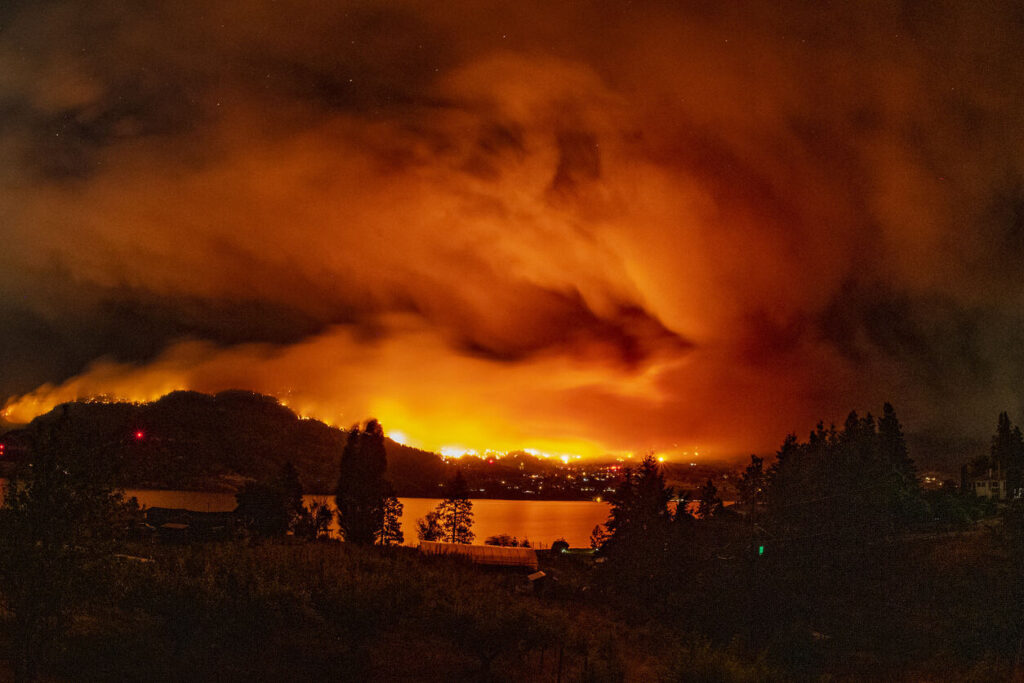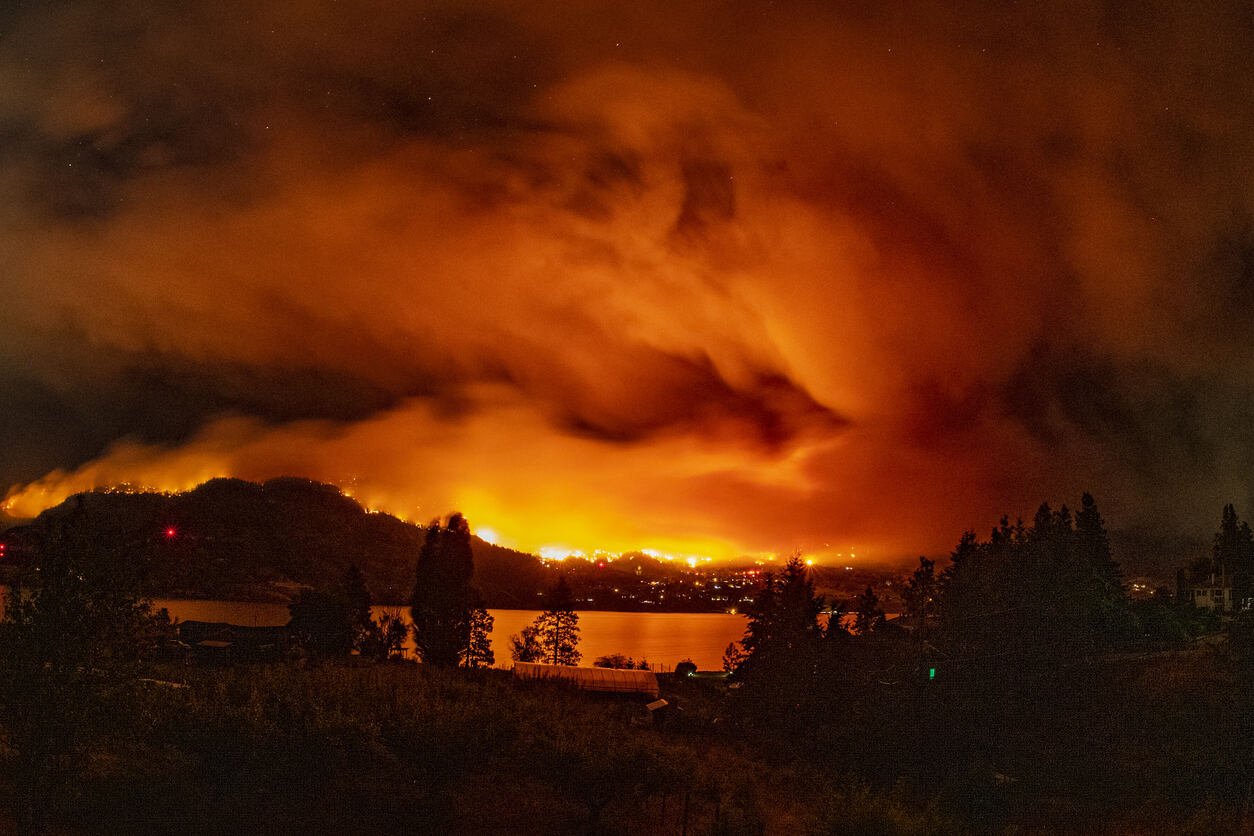This article was updated more than 6 months ago. Some information may be outdated.
Canada welcomed 341,180 new permanent residents in 2019, a modern-day record.
Indians made up a quarter of all new Canadian permanent residents in 2019, with 85,585 Indian citizens making Canada their permanent home. This was nearly three times the number of Chinese citizens who immigrated to Canada last year, with immigrants from the Philippines a close third.
While immigration to Canada from India is clearly on the rise — Indians made up just 14 percent of the total as recently as 2015 — immigration from the Philippines has declined for each of the past five years. The 50,000 Filipinos who settled in Canada in 2015 made up the largest share that year; now, and despite still being among the top source countries, that figure is down by nearly half after a steady decline over the intervening years.
Meanwhile, immigration to Canada from China has been steady over the past half-decade, settling around the 30,000-per-year mark.
New Canadian immigration record
Canada admitted 341,180 new immigrants in 2019, fully 10,000 or so more than the target set out in the 2019-2021 Canadian immigration levels plan. The last time Canada admitted this many new permanent residents was more than a century ago in 1913.
Moreover, this figure does not include the additional hundreds of thousands of temporary work permit holders and international students who obtained temporary status in Canada last year, many of whom will go on to transition to permanent resident status.
New immigrants to Canada by source country in 2019
| Source country | Overall number | Share |
|---|---|---|
| 1. India | 85,585 | 25% |
| 2. China | 30,260 | 9% |
| 3. Philippines | 27,815 | 8% |
| 4. Nigeria | 12,595 | 4% |
| 5. United States of America | 10,800 | 3% |
| 6. Pakistan | 10,790 | 3% |
| 7. Syria | 10,120 | 3% |
| 8. Eritrea | 7,025 | 2% |
| 9. Korea, Republic of | 6,110 | 2% |
| 10. Iran | 6,055 | 2% |
| Others | 134,025 | 39% |
| Total new immigrants in 2019 | 341,180 |
Surge in Indian immigration to Canada
India, with the second-largest population in the world and a rapidly growing, English-speaking, and highly educated middle class, has become by far the largest source country of Canadian immigrants in absolute terms. Indians perform well under Canada’s competitive points-based immigration system, Express Entry, and Canada has come on the radar of more Indians as other countries, notably the United Status, make immigration and long-term settlement more difficult.
Notably, approval rates for the U.S. H-1B visa program have declined under the current administration, and it can take many years for Indian nationals to obtain permanent status in the U.S. due to that country’s quota-based Green Card system. This has resulted in many Indian workers and their families living in the U.S. and elsewhere to consider Canada instead.

Get your questions answered by an expert
Fewer Filipinos than before, but this may rise again
There are now fewer Filipinos moving to Canada than in recent years, with the Philippines now behind China as the third leading source country. This is for a couple of reasons. First, Canada has significantly reduced its intake under Caregiver immigration programs, a category of immigration that has seen numerous changes over recent years. The vast majority of immigrants admitted through Caregiver immigration streams come from the Philippines.
Additionally, Filipinos have not been as competitive as other candidates in Express Entry, which came into effect in 2015. Of the more than 35,000 new permanent residents from the Philippines admitted in 2018, the most recent year for which full data on Express Entry is available, fewer than 1,000 came through Express Entry. As a point of comparison, more than half of all admissions from India the same year were through Express Entry.
One reason for this may be how the Filipino education system is evaluated for the purposes of immigration to Canada. Until the year 2013, the Filipino basic education system was only 10 years in length, which is two years less than the 12-year system used in Canada. This discrepancy causes many Filipinos to have their education valued as two years fewer than their Canadian counterparts, putting them at a disadvantage, especially in the points-based Express Entry system. However, in 2013, Filipino basic education was extended to a 12-year system, so this trend could reverse when graduates of this system reach the age where they are ready to apply through Express Entry.
- To make your Canadian dream a reality, register your free Moving2Canada account and sign up for our newsletter.

Are you covered for life in Canada?
About the author

Hugo O'Doherty
Posted on February 12, 2020
Rate article





Advertisement
Advertisement
Related articles

Participation Age Increased To 35 For Luxembourgish IECers
Read more

Navigating The 2024 Wildfire Season As A Newcomer To Canada
Read more

Northwest Territories Reaches PNP Allocation For 2024 – For The First Time
Read more

Express Entry Draw 305: French Draw on July 18, 2024
Read more
-

Canada Abroad
Canada Abroad is a transparent Canadian immigration consultancy with advice you can trust. Led by Deanne Acres-Lans (RCIC #508363), the team delivers professional, regulated, and efficient service.
-

Doherty Fultz Immigration
Led by Anthony Doherty (RCIC #510956) and Cassandra Fultz (#514356), the Doherty Fultz team uses their 40+ years of experience to empower you towards settling in Canada.
-

Perez McKenzie Immigration
Led by Jenny Perez (RCIC #423103), Perez McKenzie Immigration is a Canadian immigration consultancy based in British Columbia, with offices in Vancouver and Whistler.
Get your immigration questions answered by an expert
-

Find the best immigration program for you
Take our free immigration quiz and we'll tell you the best immigration programs for you!
-

Get matched to job opportunities
Get matched to job opportunities from Canadian employers who are seeking to hire people with your skills.
-

Access our immigration roadmaps
Our immigration roadmaps will teach you the basics of Express Entry, study permits, and more! Take control of your own immigration process.







